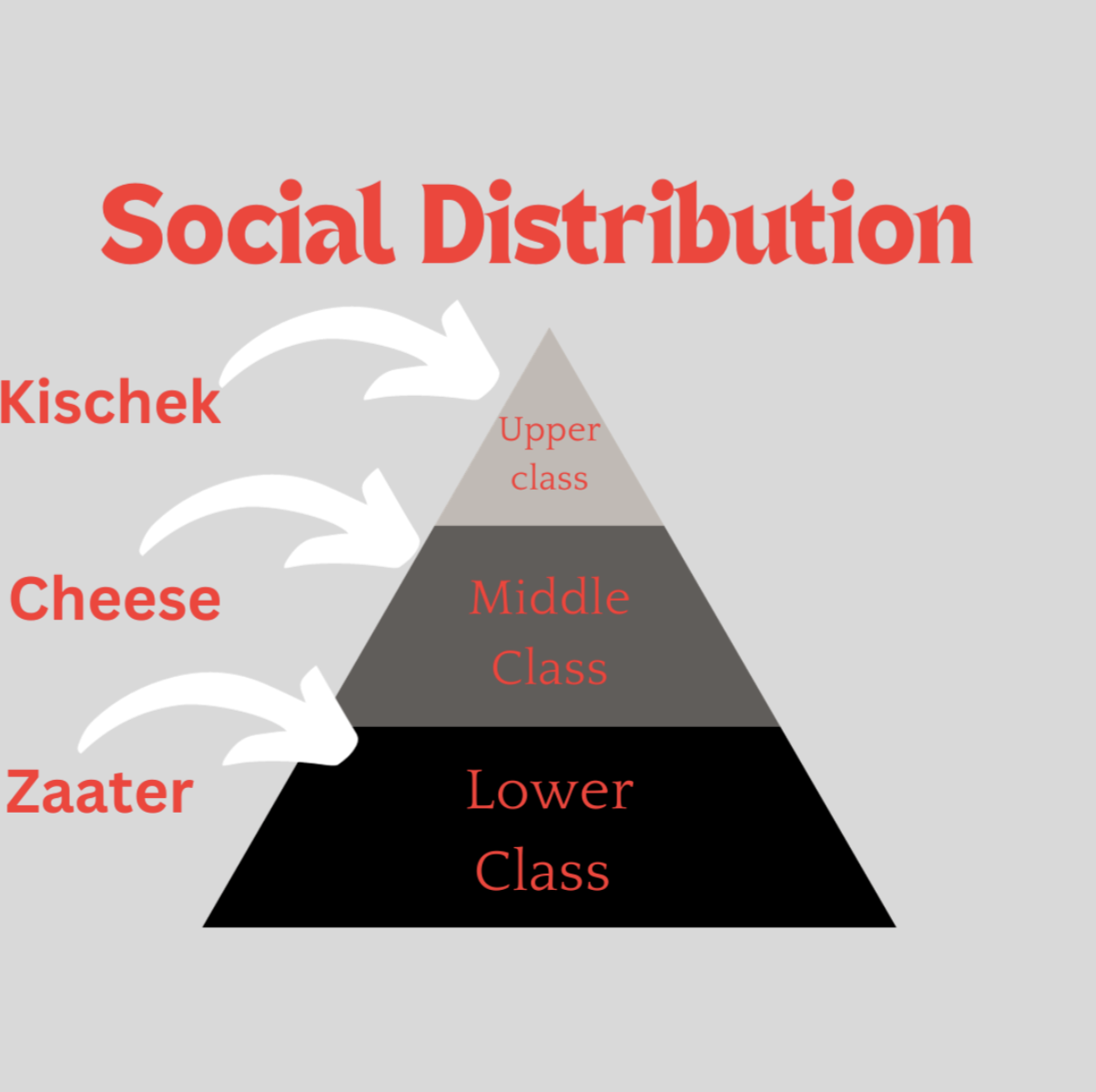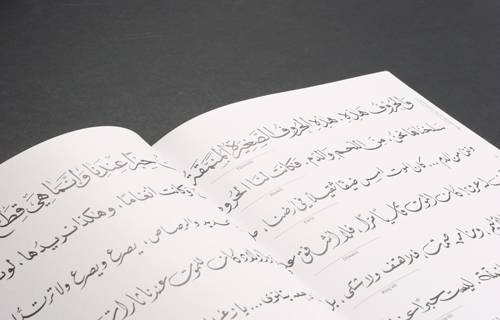A Look At The Origins Of The Lebanese Manouche And Its Flavors
The Lebanese manouche is the perfect breakfast. Whether we were enjoying it at school when we were younger, before heading to work in the morning, or even smelling the fresh dough as we pass by a local furn – the manouche is central to the Lebanese experience, so let’s talk about its history.
Here’s some background information…
Back in the day, you would find the manouche in the Lebanese countryside. That is where bread was an important part of people’s diets and zaatar was a very common household item. Rumor has it that the word itself has Turkish origins, but it comes from the Arabic word naqasha. It references the process of carving out the dough.
In the past, the breakfast was split according to economic classes (surprise surprise). Working class families most commonly consumed the zaatar manouche. Maybe that’s where the phrase “el zaatar akel m3attar” phrase comes from!
The cheese manouche was for those who owned cow or sheep and had access to milk. The kishek was for those with wheat and cows.

The manouche has evolved over the years. However, Lebanese chef Karim Bibi says that it lost some of its values because of the electric oven.
But how did it gain popularity abroad? How did it even reach other countries?
The manouche has become available in several different countries. Part of its historical transgression outside of the Levant area was thanks to Palestinians. On their way to hajj, the breakfast found its way to the Arabian Peninsula, as well. Nowadays, you can even find the iconic meal anywhere, even at the American supermarket Whole Foods.
Nowadays, furns don’t limit you to the basic zaatar, cheese, and kishek manouche. Just ask the onwner of this local bakery who makes 95 different flavors.
The breakfast has had a wide impact in past and contemporary times. There is now a World Manouche Day (which is November 2nd, by the way), an entire book written about the manouche, and more recently, UNESCO has added it to their Lists of Intangible Cultural Heritage.
Anyone else craving a manouche straight out of the furn?




